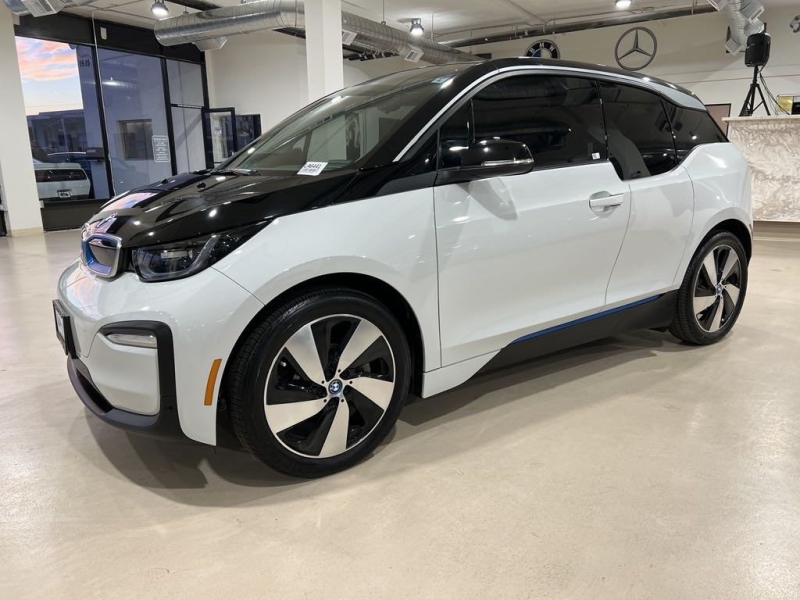The BMW i3, like most electric vehicles (EVs), does not have the capability to charge its battery while driving through a process known as regenerative braking. However, the BMW i3 does feature regenerative braking technology, which captures energy during deceleration and braking and converts it back into electricity to recharge the battery.
Here’s how regenerative braking works in the BMW i3:
- During Deceleration: When the driver releases the accelerator pedal or applies the brakes, the electric motor acts as a generator. Instead of traditional friction brakes, the motor converts the kinetic energy of the moving vehicle back into electrical energy.
- Electricity Generation: The generated electricity is then directed back to the high-voltage lithium-ion battery for storage. This process helps to extend the driving range of the BMW i3 by capturing and utilizing some of the energy that would otherwise be lost as heat during traditional braking.
While regenerative braking is an efficient way to recover energy during deceleration, it’s important to note that the BMW i3 does not have an external charging capability while driving, commonly known as “dynamic charging” or “on-the-go charging.” The primary method of charging the BMW i3’s battery is by plugging it into an electric charging station or a standard household electrical outlet.
If you want to replenish the battery while driving, you would need to use external charging infrastructure or rely on the vehicle’s regenerative braking system to capture energy during braking and deceleration.


